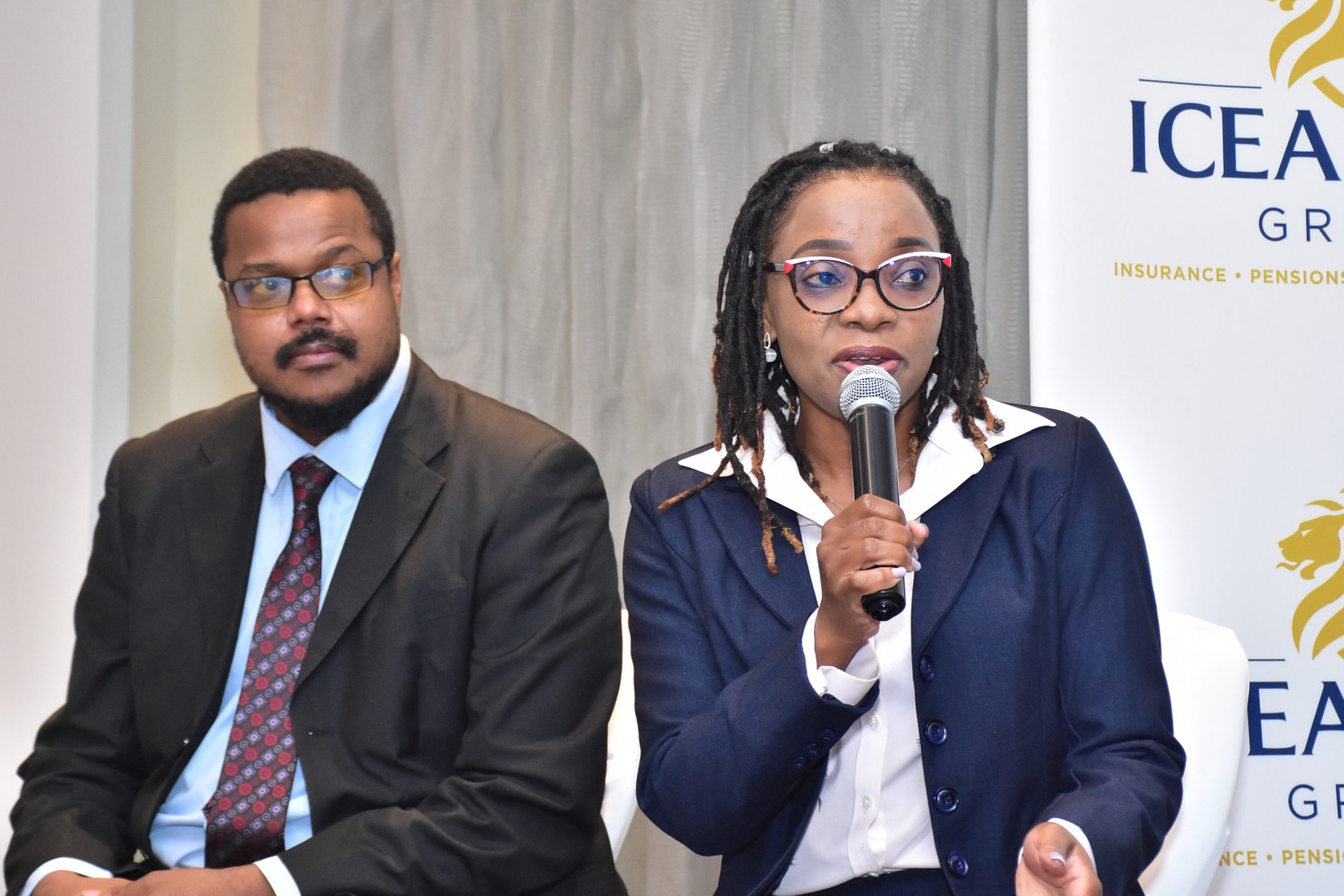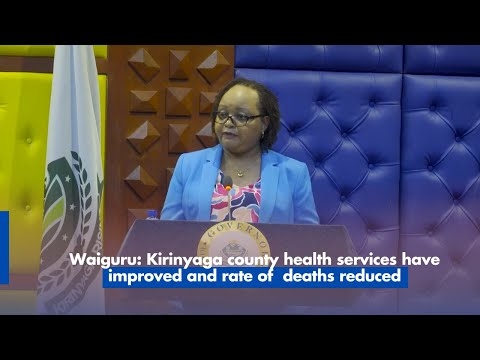
 ICEA LION Group head of data analytics Martin Kariithi and head of research and partnerships Jacqueline Ochieng /HANDOUT
ICEA LION Group head of data analytics Martin Kariithi and head of research and partnerships Jacqueline Ochieng /HANDOUTA new nationwide study by ICEA Lion shows a growing financial vulnerability among Kenya’s ageing population, with eight in every 10 retirees unable to solely meet their daily living expenses from their pension.
The findings drawn from a survey of 1,200 Kenyans across both the working and retired populations, paint a stark picture of retirement readiness in a country where social security coverage remains low and savings habits weak.
According to the ICEA Retirement Preparedness Survey, only about half of retirees believe their pension savings are adequate to support them in old age.
Even more striking is that, when tested against actual expenditure patterns, retirees can only meet about 40per cent of what they need to live comfortably through retirement.
“When we asked the retirees do you adequately meet your expenses for your retirement income? A majority of 76 per cent said only to some extent,” said ICEA research lead Jackline Ochieng.
The study shows that 46per cent of retirees’ savings can sustain them for only a portion of their expected retirement years, pointing to the high risk of outliving one’s savings.
Healthcare, food and support for dependents were identified as the biggest financial drains 30per cent of retirees spend 11–20per cent of their income on healthcare alone, confirming medical bills as a major pressure point.
Food accounts for up to 30per cent of monthly spending for a third of retirees, while a surprising number, one-third continue to support dependents or pay school fees for children or grandchildren.
“This study moves the conversation from assumption to fact. Medical and dependent-related expenses continue to burden retirees despite having limited income streams,” Said Ochieng.
For the working population, the picture is not much better, only 29per cent of workers believe their current pension plans will be sufficient once they retire, despite 57per cent saying they contribute to a pension scheme.
The research reveals worrying behavioural patterns where 41per cent of workers save less than 10per cent of their income, 60per cent have no retirement expenses plan and almost a quarter never think about how inflation will affect their money in future.
People with higher education levels tend to plan better, save more and use pension products more consistently.
The study shows there is a sharp divide between formal and informal sector workers, where 76per cent of formal sector workers save through pension products, compared to only 33per cent in the informal economy.
Formal workers also save twice as much on average. Among retirees, 95per cent of those who previously worked in the formal sector had some pension savings, while half of informal sector retirees reached retirement without any pension at all.
“NSSF remains the most widely used pension vehicle, followed by voluntary pension schemes. Beyond pensions, Kenyans also prefer banks and mobile-money financial institutions (for workers), Saccos (for retirees), showing a shift to community-based savings groups after retirement,” She added.
The findings also reveal that many working Kenyans do not view their pension as the primary source of retirement income, 48per cent expect to rely on other savings instead.
After assessing savings levels, financial sufficiency, behaviour and sustainability, ICEA analysts developed a national Retirement Preparedness Index. Kenya scored 0.5418, placing the country in the “moderate” but leaning low category.
This means Kenyans are generally aware of the need to prepare for retirement, but their savings and financial practices fall far short of what is required.
Although legislation allows partial withdrawal of pension savings, the survey found that 10per cent of savers frequently access pension funds early mainly for emergencies (61per cent), investments (18per cent) or property purchases (16per cent).
Analysts warn that early withdrawals undermine long-term financial security and contribute to the widespread income shortfalls seen among retirees.
The study also shows a trend where retirees increasingly give up business assets and urban housing often due to sustainability challenges and shift to rural land and homes as their main assets after retirement.
















